Sea-bassing has caught fire in Rhode Island waters and they have quickly become a favorite target of kayak and center console anglers. They have a lot going for them, first off, they are extremely abundant, Charley Soares told me last week that he’s seeing so many sea bass in the waters between the Cliff Walk and Sakonnet Point that he doesn’t believe there will be a lobster left along that stretch in 15 years. They also make exceptional table fare and can be substituted into most recipes that call for a white-fleshed fish. Perhaps the best thing they have going for them, as a species to target, is that they are aggressive and usually easy to catch. Since I do not consider myself anything close to an expert in sea bass fishing I called in some friends, Captain Jack Sprengel of East Coast Charters, outdoor writer, John Lee, and the Saltwater Edge’s own Michael Hachey.
Used to be a Bottom Fish
It wasn’t that long ago that sea bass were thought of as more of a ‘bottom species’ that was really only targeted with bait, and those methods still work. But over the past decade or so, there has been a noticeable shift to using artificials for sea bass and I think this has been the main contributor to their explosion in popularity. A lot of fishermen, especially more modern-day fishermen, don’t want to deal with bait, and knives, and smelly rags and Arc DeHookers… many of todays anglers consider themselves to be purists, students of the jig or the plug or the plastic. Find them a fish they can target with a lure and they’re going to geek out on learning how.
Targeting Sea Bass
Sea bass spend most of their time down on the bottom, they might be 8 feet down or 48 or 108… but that simple fact makes them a perfect species to target with a jig. The Shimano Flat-Fall Jig is quickly rising to the top of the pack. These jigs utilize a keeled design to achieve this horizontal, slower sink. The keel positions the jig in a way that allows maximum water resistance, so the jig—in essence—magic-carpets down, shimmying slightly, which gives it a very realistic appearance. One of the main keys is that the jig must be allowed to sink with the line completely slack, otherwise, the resistance of the line will throw off that horizontal sink.
When targeting sea bass you’re basically trying to replicate a baitfish emerging from (and then returning to) bottom structure. You want to get the jig all the way to the bottom and then crank it quickly up 10 or 15 feet before allowing it to settle back to the bottom again. Watch this video from Into The Blue Fishing to get an idea what the Flat-Fall looks like when it’s fished this way. You’ll see, pretty quickly, how realistic they look in the water. Another nice side effect is that these jigs will catch a wide variety of other inshore species as well, from stripers and blues to fluke and blackfish to bonito. For a while the whole line of Butterfly Jigs was thought of as something people only used for tuna and other pelagic species, but the stigma has lifted.
Rigging For Black Sea Bass
The nice thing about these jigs is that you can fish them on pretty light tackle. Three great rods that are well suited for the job are the Shimano Grappler, the Daiwa Harrier (Harrier Spinning), and the Tsunami Slow Pitch. Conventional setups are more popular for this style of jigging, but spinning setups will work just as well as long as you can keep the line slack when allowing the jig to freefall. For reels the Shimano Tranx 200 or 300 or the Daiwa Lexa HD will make great choices on the conventional side of things, for spinning a Daiwa Saltist 4000or a Shimano Stradic 5000 will fit the bill nicely. Most anglers will tell you that braid is the way to go with this style of fishing—old school Power Pro in 20- to 40-pound test is probably the most popular choice. These rigs all have immense crossover potential for other fisheries as well, for instance, they will all make great rigs for tog jigs.
Jig Options

When speaking to the guys about how they rigged up for sea bass I found out that Mike likes to tie to the solid ring that connects the assist hooks to the jig, this gives the jig more flutter on the retrieve and helps keep the hooks out of the rocks. He also said he likes to have a mix of natural colors and bright ‘obnoxious’ colors, saying that some days the fish seem to key in on the natural look, while other days the standout nature of the bright jigs seems to draw more strikes. Jack said he likes to swim the Flat Falls and therefore he ties to the other end of the jig, this elicits a more subdued action and keeps the bulk of the weight of the jig in the rear which gives more control. Both of these guys know what they’re talking about, so it’s safe to say that both methods work well and are worth trying. John said he saves the more expensive Shimano jigs for the fall when you can sometimes catch bonito and codfish from the same grounds. His trick is to use a Diamond Jig and highly recommends using a teaser tied on an 8-inch dropper loop about 20 inches above the jig. He likes to use stiff mono to help keep the teaser out and away from the leader and he likes to use something inexpensive like a Cocoahoe Minnow or a small Red Gill Rascal. He says there are days when the teaser it out-catching the jigs by a large margin.
Black Sea Bass In The Kitchen
Sea bass like structure and will relate to wrecks, underwater reefs, humps, bumps and rockpiles. Most people target structure instead of looking for marks on the fishfinder. If you spend just a few minutes trying for sea bass in these areas using the methods described, you’re almost guaranteed to have success. These abundant and aggressive fish can make any day on the water even better. You’ll see.
Special thanks to Capt. Jack Sprengel for providing top notch images for this story!




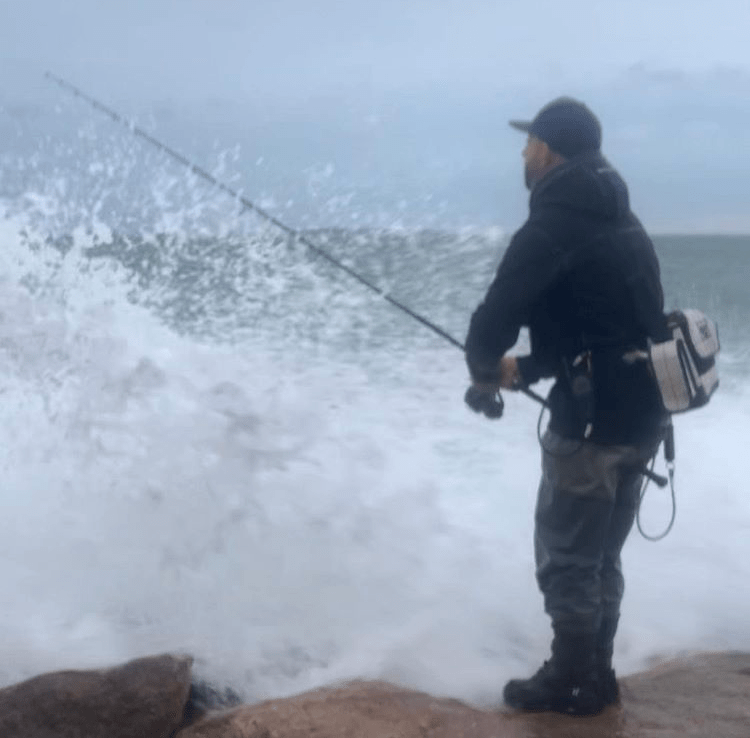

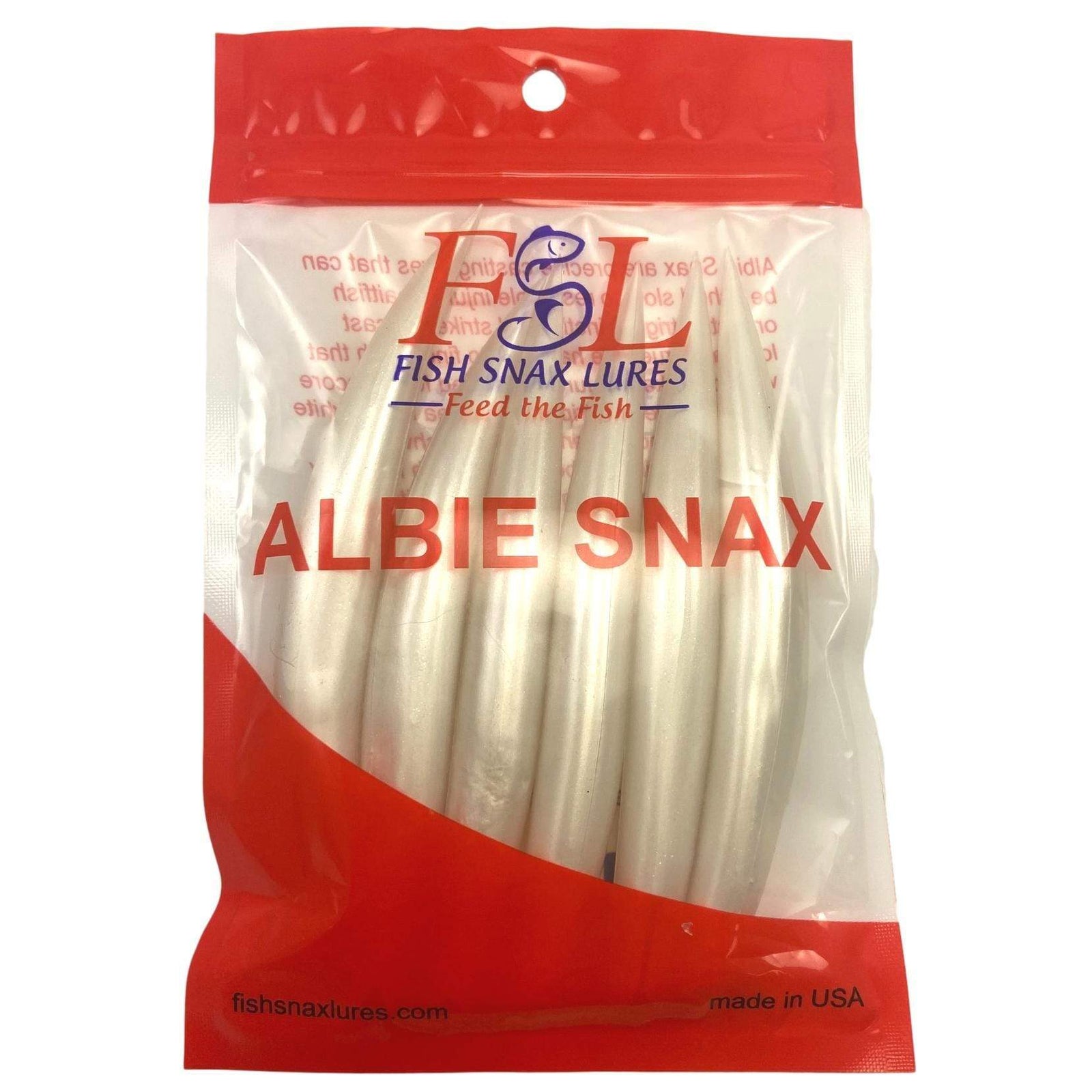

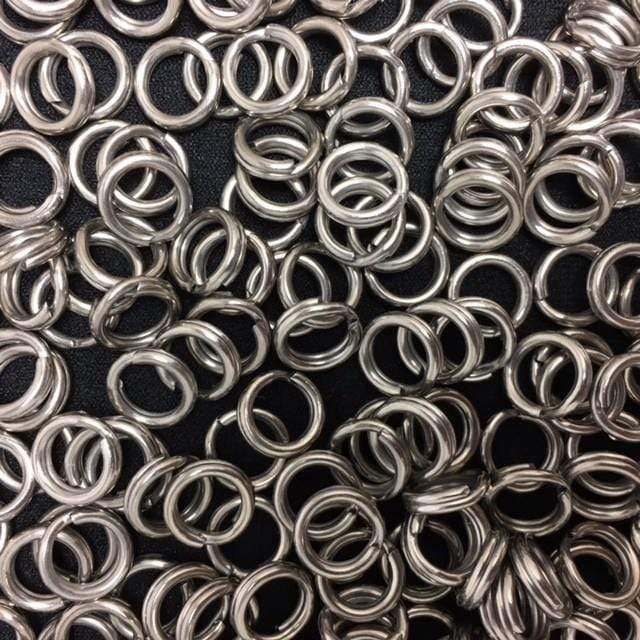
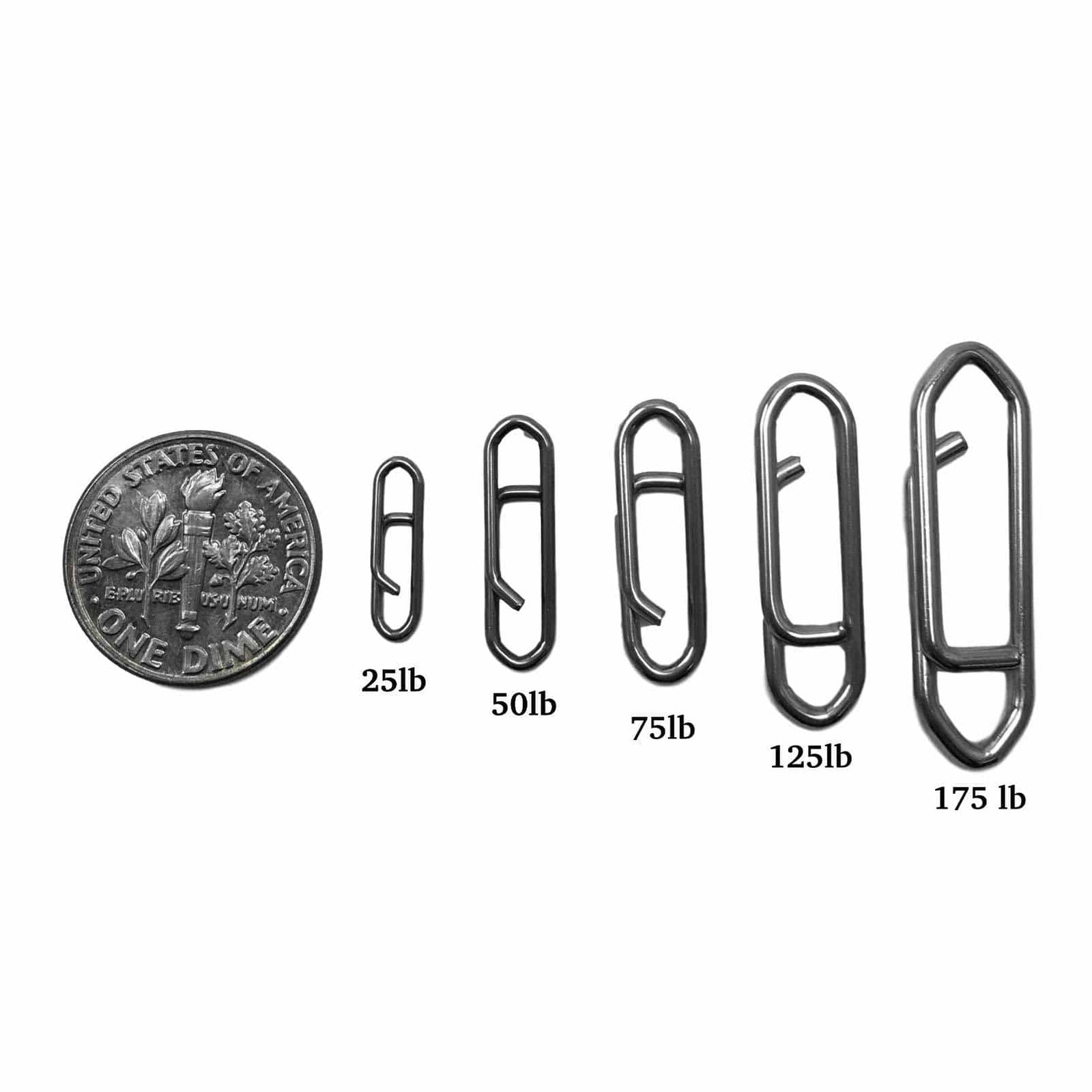




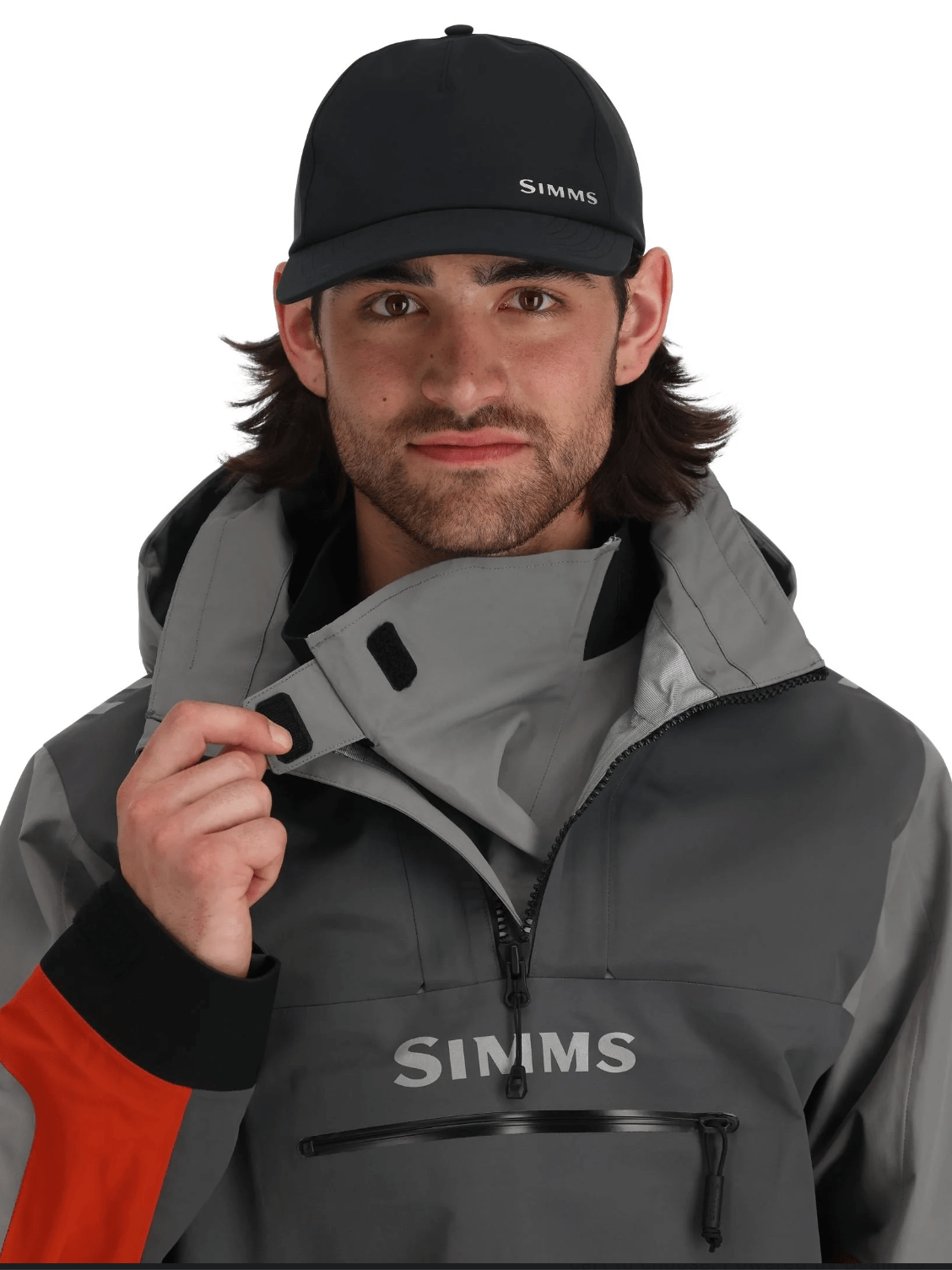

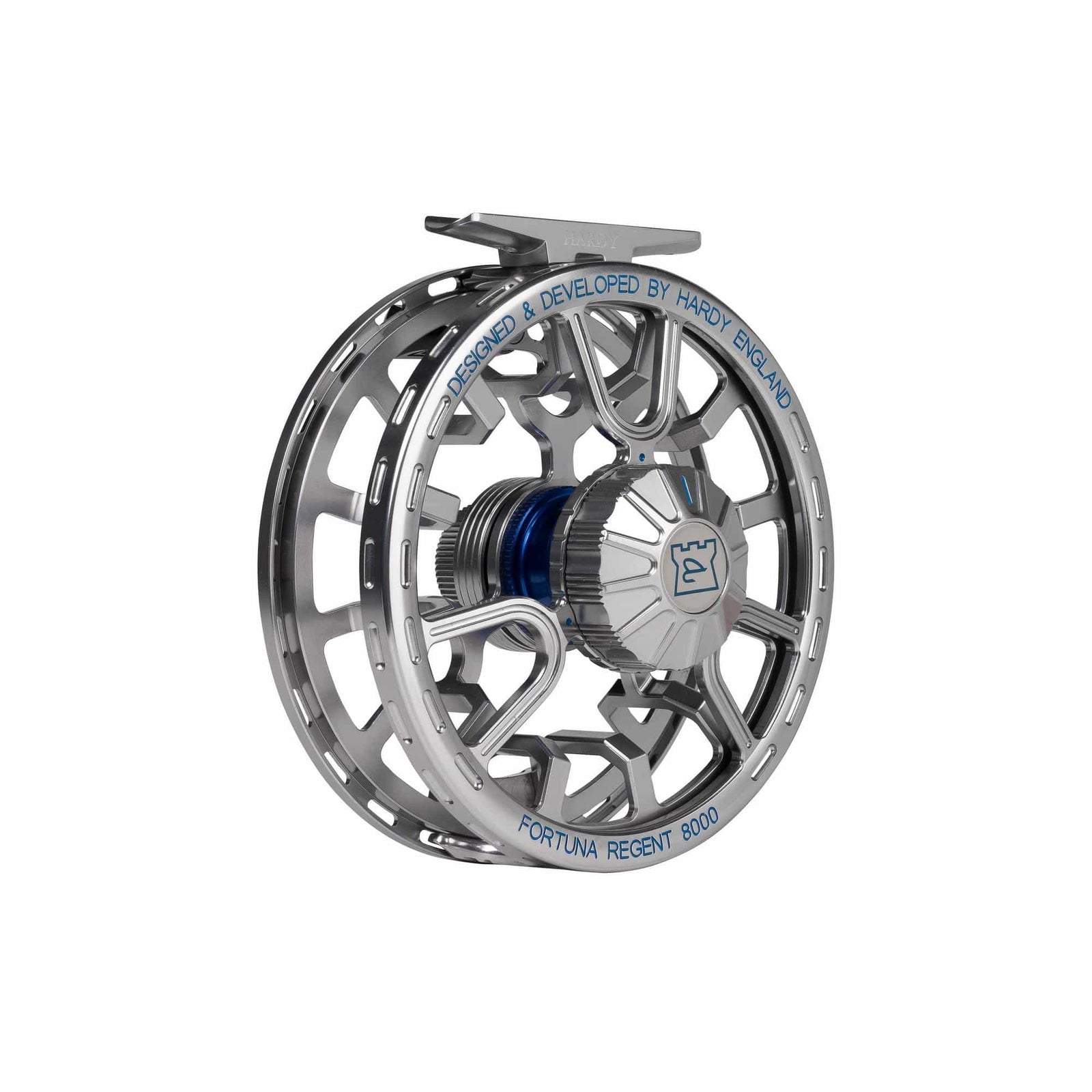
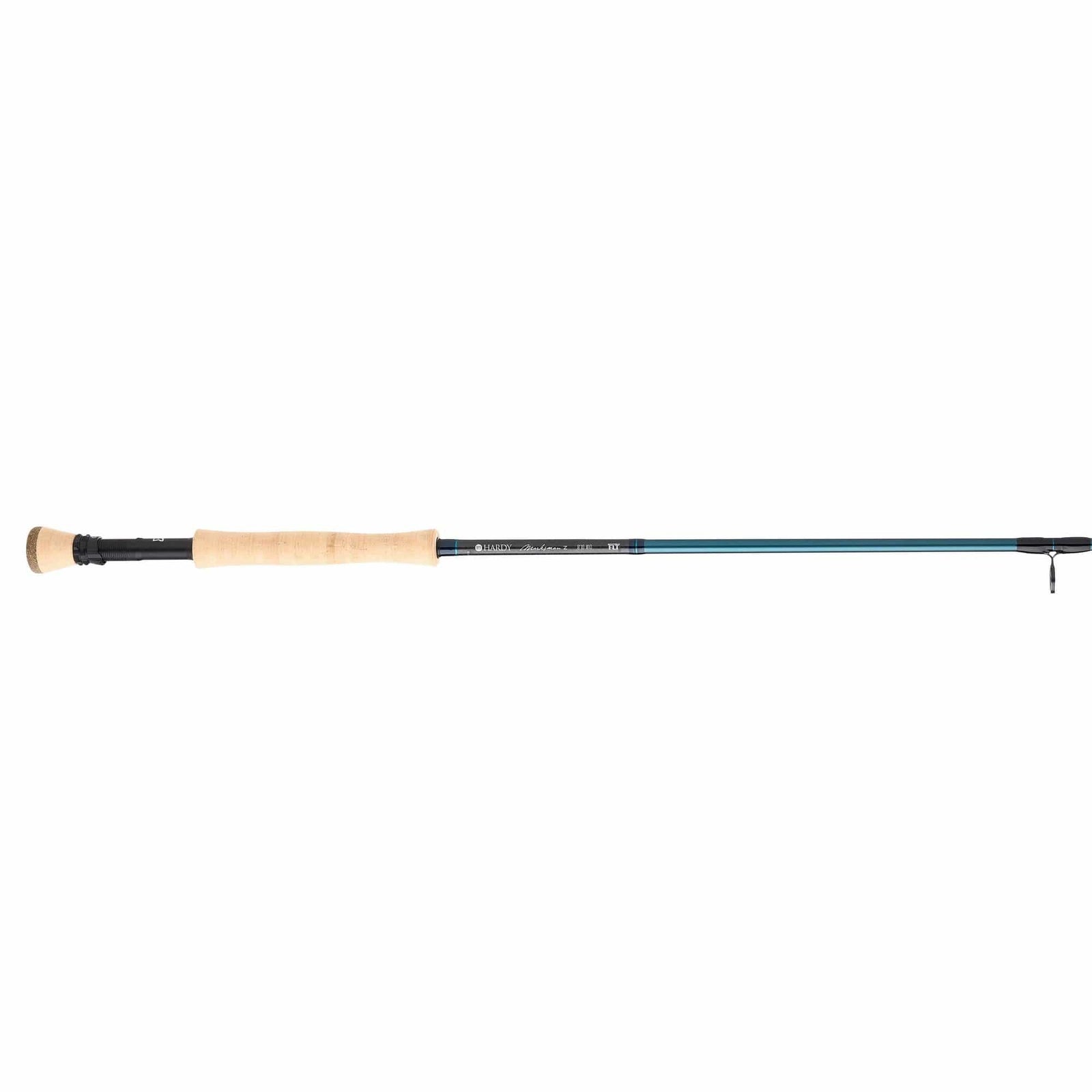
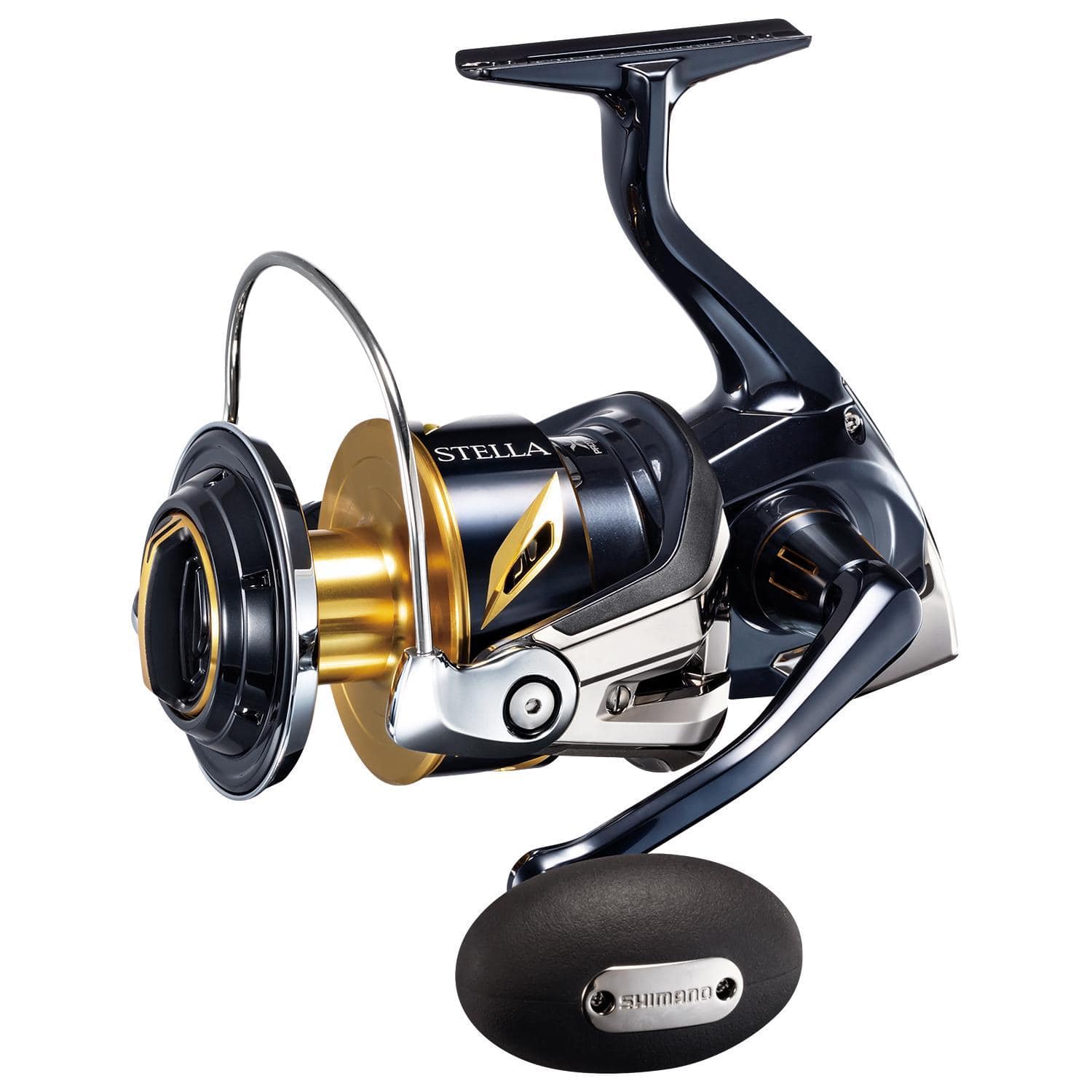
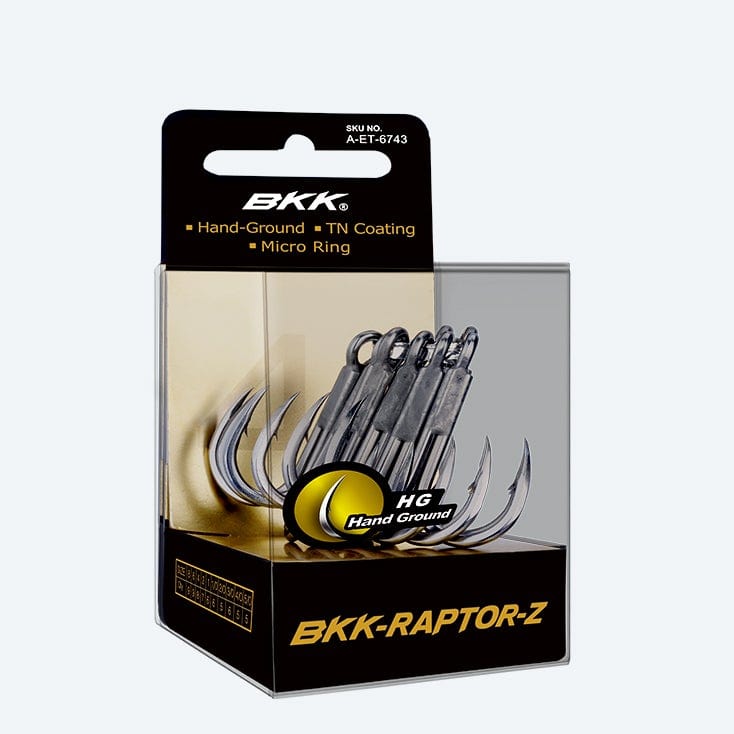


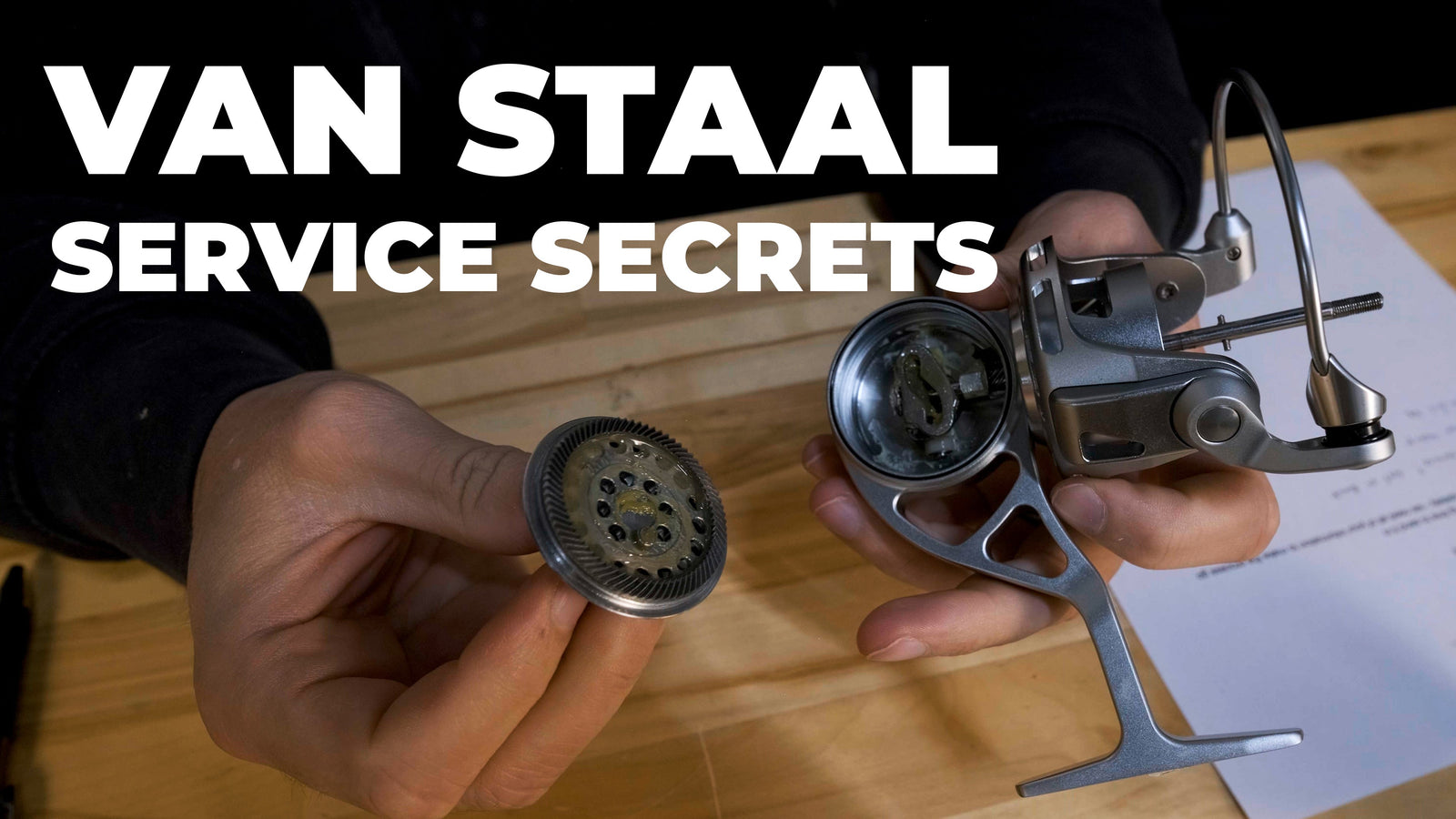


lary norin
July 29, 2020
Epoxy jigs work even better and you will also catch scup, tog, fluke, bonito, falsies, bass, blues and cod.